President Obama and Falcon Help to Light up the Brain
Glowing and fluorescent deep-sea creatures could help reveal how the mind works. Bright bioluminescent and fluorescent proteins found in marine life, when attached to human cells, become light-emitting markers that could help map the brain.
President Obama’s newly announced Brain Activity Map project, gives impetus to the quest for understanding the human mind.
Alzheimer’s and other diseases of the mind, along with cancer, could benefit from tracing otherwise invisible nerve damage.
Searching for the right bioluminescent organisms in the sea are Professor David Gruberat, City University of New York’s Baruch College, and Vincent Pieribone, The John B. Pierce Laboratory of Yale University.
They plan to send a Saab Seaeye Falcon ROV into the coral ecosystems deep in the mesophotic zones - first off the Florida coast, then in the Solomon Islands and the Red sea. They plan to study the biology of the deep coral reefs systems to better understand their ecology and genetics as well as to isolate novel glowing proteins.
The 1,000 meter rated Falcon DR will be packed with the most advanced filming equipment ever fitted to an ROV.
Hollywood grade camera technology, used making movies like Avatar, as well as low-light cameras that can see in the dark, will be matched to single-mode fiber optics and a gigabyte Ethernet to give the fastest, highest grade, images possible.
David Gruber’s team has collaborated with Professor Chris Roman and Brennan Phillips at the University of Rhode Island and Saab Seaeye engineers to develop new systems that will advance ROV observation technology considerably.
Adding and changing equipment on the Falcon is made easy with the ROV’s distributed intelligence control system that allows up to 128 different devices to be fitted and changed as needed.
David Gruber said he chose the Falcon for “its creative design.” The other reason for choosing such a small but technologically advanced ROV, is that a typical deep exploring ROV is too bulky to operate and poses a hazard to coral, whereas the Falcon DR can be manhandled from a small boat and maneuvered below the water with delicate precision.
Supported by the National Science Foundation, David Gruber and his multi-university team have carried out initial research from diving in shallower depths but now need to explore deeper coral populations using an ROV.
Along with some deep corals, around 80 percent of deep-sea marine life emit light, including jellyfish, squid and krill. The bioluminescence from these living organisms fulfils different purposes, from luring prey, to attracting a mate.
Imbedding mammalian cells with the genes for light-emitting and fluorescing proteins provides the potential for living cells to be studied noninvasively, without probing of the brain.
David Gruber said the value of this development embodies the spirit of interdisciplinary research and collaboration between Saab Seaeye, marine biologists, neuroscientists and underwater engineers.
The scientists hope to contribute to President Obama’s Brain Activity Map project by offering the kind of technological advance that neuroscientists believe will give a better understanding of the brain in a safer and less intrusive way.
www.seaeye.com





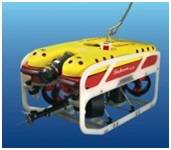

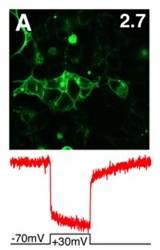
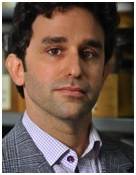
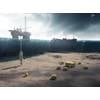

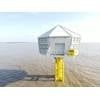









 December 2025
December 2025



